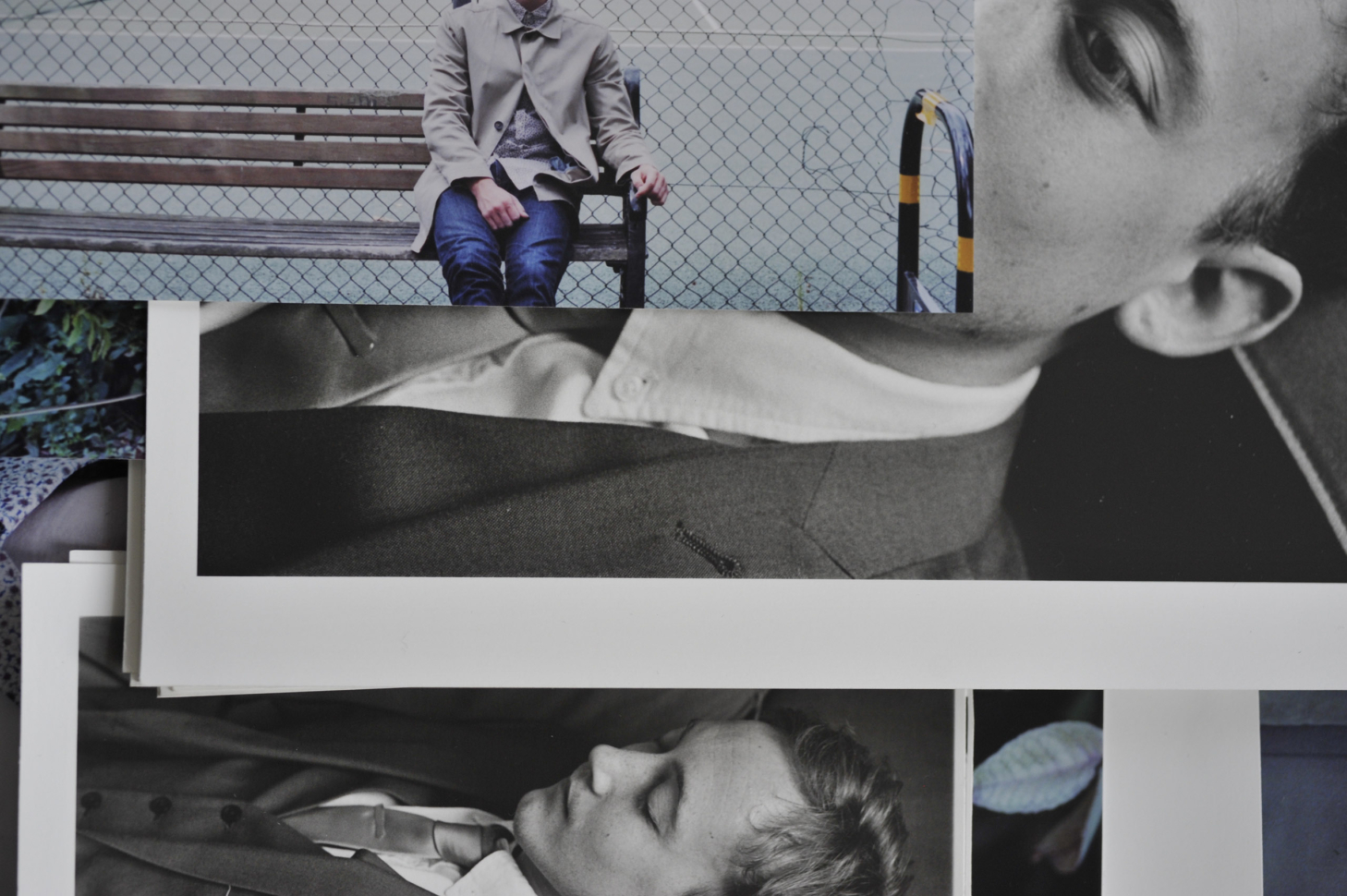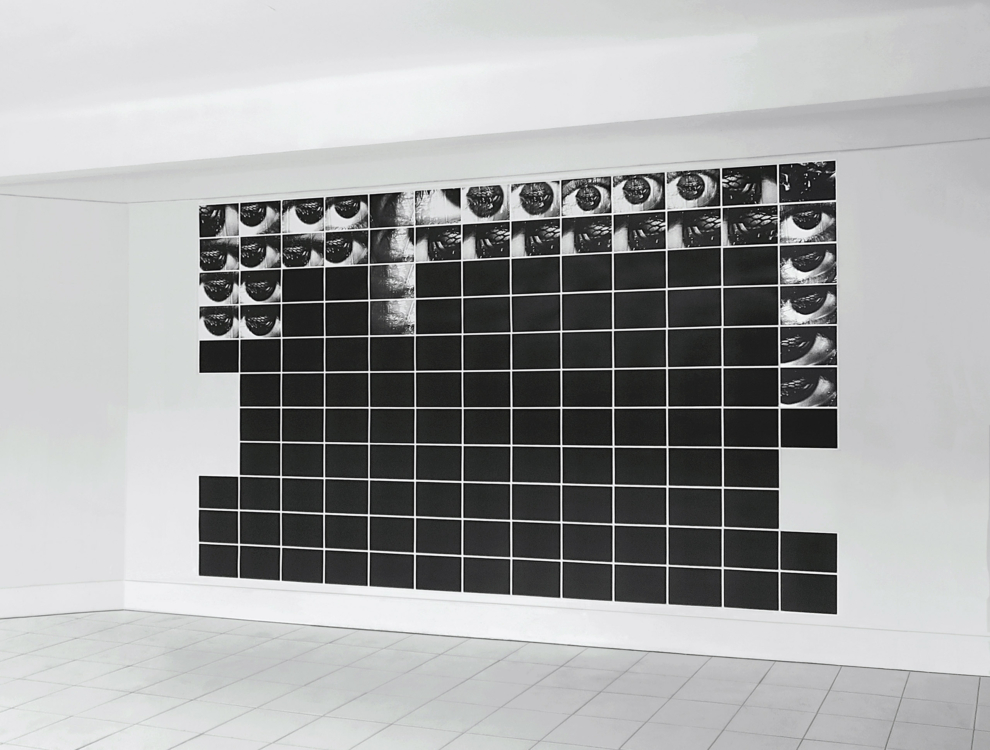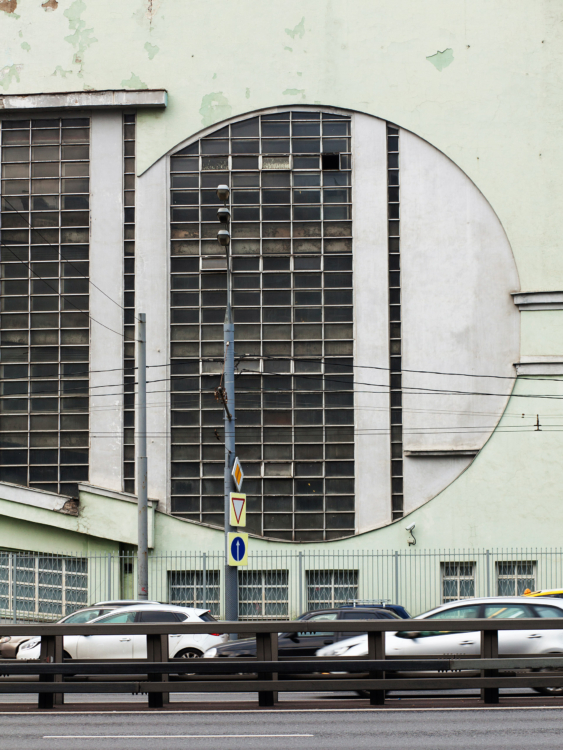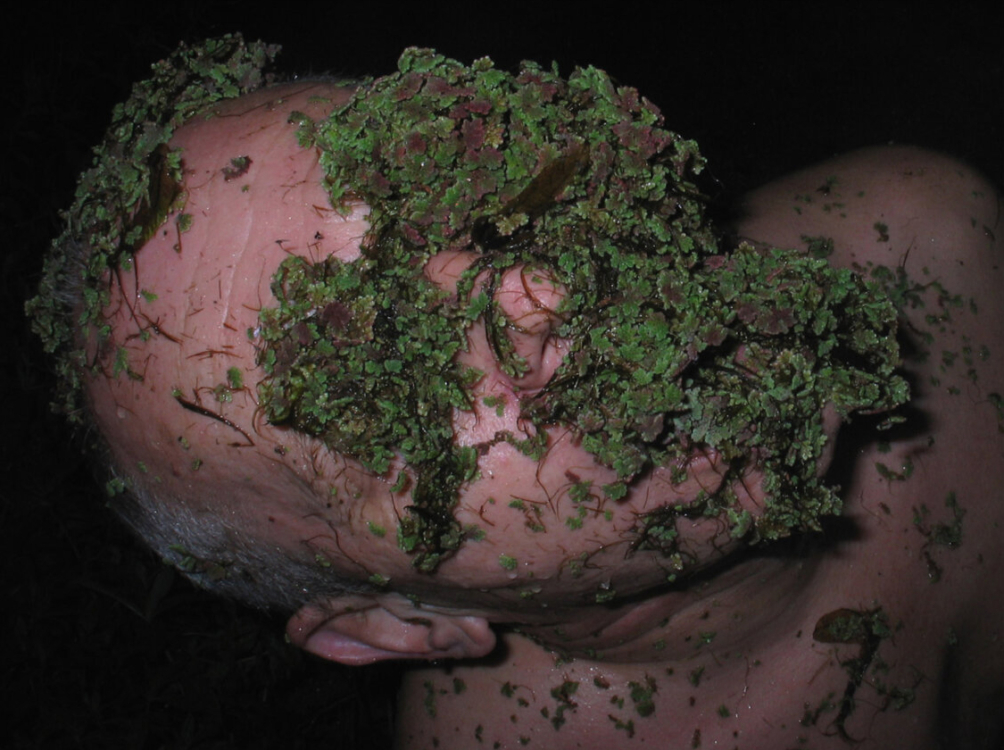Designing places, naming history – naming places, designing history Fotograf Festival #10 9. 10. 2020 – 25. 10. 2020
Curators: Stephanie Kiwitt, Tereza Rudolf and Anna Voswinckel
In 1890, Jacob Riis, today considered one of the pioneers of social documentary photography, published the book “How the Other Half Lives”, in which he captures life in the poorest neighbourhoods of the growing American capital, including evidence of child labour. In her video collage, depicting a portrait of Chinatown in New York City, author Shelly Silver bluntly answers Riis’s research question: “We don’t know because we don’t care!”. Are we actually still asking loudly to whom belongs the public space as well? Have we lost our utopian visions? Do the utopian visions of yesteryear only dwell in company slogans which artist Bernadette Keating twists into a bitter-sweet parody?
The Pool project by Eiko Grimberg digs into the history of a particular place which – frequently rebuilt – illustrates the dominant ideology, where “the other” is changed or disappears. The modernist vision of urban development in Zbyněk’s Baladrán video is confronted with today’s development in the short movie of Martin Netočný. Gabriele Stötzer’s film shows 13 women and men dancing in outdoor locations of their choice. Each one developed, without any music, their own movement to the point of ecstasy. Under the condition of state socialism the film expresses “a freedom inherent in all of us, should we choose to grasp it” (Stötzer). All the approaches then underline the very fragile connections between the image of the public space and the conditions of society, which, when individualized, loses the notion of otherness as a building stone for positive change.
Despite constant movement, networking, exchange and an abundance of information, we rarely come into contact with the completely unknown, the unexpected – the other. Personalised newsfeeds reinforce our perceptions of ourselves in the world, nourish our feelings and experiences, confirm our position among our peers. In the context of an increasingly globalized society, ever more emphasis is placed on the uniqueness of a person’s identity. At the same time, the call for social and national boundaries and exclusion is becoming louder. To avoiding losing the ground beneath our feet we remain in familiar territory, eluding contact with situations that we cannot categorise, that throw us off balance, demand we step into the unknown or potentially force us to confront ourselves (our insecurities or ineptitudes). We lose sight of the Other in our universal connectedness. The current global pandemic, however, reveals how physically interdependent we all are.
Against this background, the FF #10 strives to give space to works that facilitate encounters with the Other and to revive the function that in this sense can be attributed to the documentary media of photography and film. The ambivalence of these media, suggesting closeness while generating alienation, is probed as are its limitations. Manners of viewing the Other are explored that contrast with the “gaze” of media, social and governmental systems.
The invited photographers and filmmakers present their visions, observations or studies of a specific place, everyday practices or life. They question their own motivation and make the collision, the boundary, the approximation and permeability between “I” and the Other visible or palpable. With eight group exhibitions the festival examines the wide range of perspectives between proximity and distance, establishing contact and overstepping boundaries, self-confirmation and confrontation with the Other.




